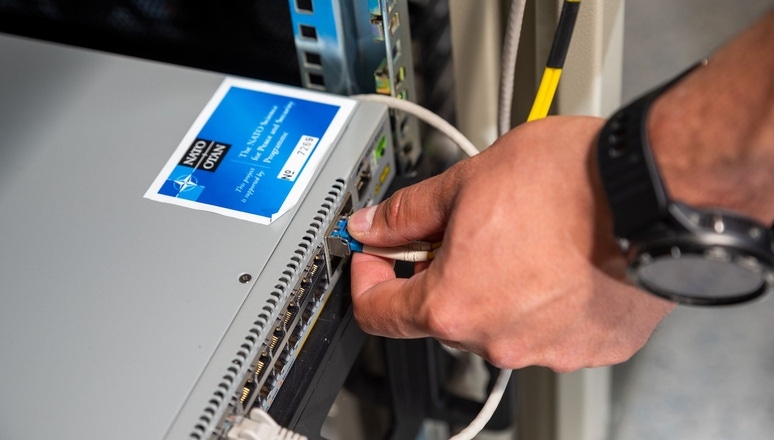
Connects decision-makers and solutions creators to what's next in quantum computing
This year saw a focus on post-quantum cryptography, global quantum efforts and on-site deployments.

This year has been a defining one for quantum computing and its applications. The stories covered by Enter Quantum in 2022 fell under a number of broad themes.
This second retrospective looks at three of those: postquantum cryptography; the global nature of quantum computing; and early examples of on-site quantum computer deployment.
Post-Quantum Cryptography and Networks
It’s no secret that post-quantum cryptography has been keeping a lot of people awake at night.
Some experts believe the horse has already bolted, due to the threat of harvest now, decrypt later. A poll from Deloitte found that just over half of respondents believed that their organizations were at risk from "harvest now, decrypt later" (HDNL) cybersecurity attacks.
As the threat is all-pervading, stories on the topic are too numerous to mention them all. But it’s worth noting how seriously governments are taking the threat to their own data.
In July, the U.S. government announced it was testing the world’s first-ever post-quantum encryption communication over a government network. The trial is taking place at a combined Air Force, Space Force and North American Aerospace Defense Command (NORAD) location over an open internet network on legacy equipment and systems.
At the beginning of December, the French embassy in Washington transmitted the first diplomatic letter encrypted to withstand future quantum computers, according to President Emmanuel Macron.
And the year ended with President Biden signing into law legislation encouraging federal government agencies to use quantum decryption-resistant technology.
Quantum Goes Global
Many people describe the current quantum landscape as the new space race, but rather than a handful of countries struggling to get ahead of the others, quantum computers are being developed all over the world and there is a lot of international collaboration.
In one cross-border effort, the European High-Performance Computing Joint Undertaking has selected the Czech Republic, Germany, Spain, France, Italy and Poland to install quantum computers made in Europe in 2023.
Fujitsu, which is proving to be another tech giant flexing its quantum prowess, is working with the Riken research institute to develop quantum computers to sell to enterprises from next year. This would make Fujitsu the first Japanese company to commercialize a quantum computer.
And NATO is working across borders to protect member states by researching quantum computing, communications and sensing technologies to secure data for its defense and security operations.
On-Site Quantum
Another development in 2022 saw quantum computers making it out of the lab or vendors’ premises and into onsite computer centers.
Not surprisingly government organizations got there first. The British Ministry of Defense has bought a room-temperature quantum computer from Orca Computing. It plans to use it for complex machine learning and optimization tasks, including image analysis, handwriting recognition and decision-making.
Not to be outdone, the US Air Force Research Laboratory is building its own. It’s working with PsiQuantum to develop quantum photonics chips together to make a utility-scale quantum computer.
Outside of the military, IBM is installing a System One quantum computer at the academic medical center the Cleveland Clinic. This is the first private sector, onsite, IBM-managed quantum computer in the U.S. and the first quantum computer dedicated to health care.
About the Author(s)
You May Also Like
.png?width=100&auto=webp&quality=80&disable=upscale)
.png?width=400&auto=webp&quality=80&disable=upscale)




